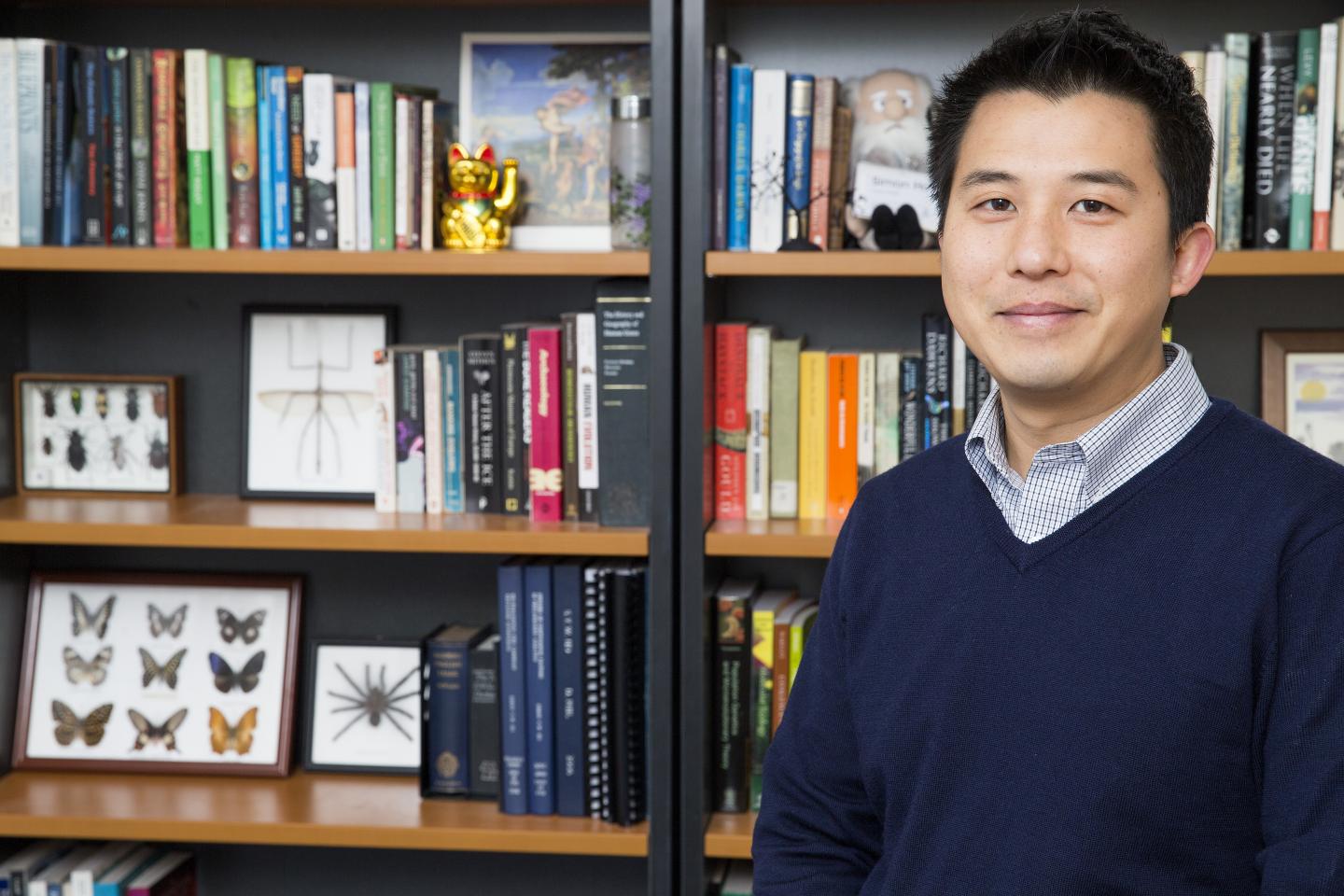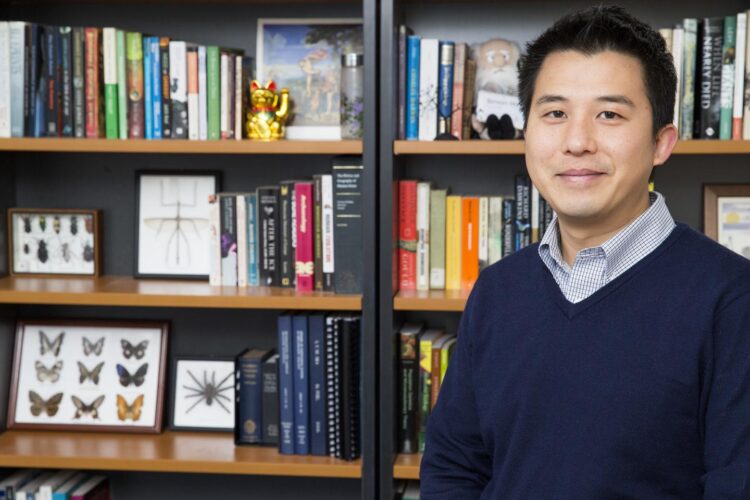Virus genome sequencing study and comment published in Science

Credit: University of Sydney
An international group of researchers has tackled the controversial question of when measles first emerged, finding it could be linked to the rise of large cities. The team sequenced the genome of a measles strain from 1912 and looked backwards to assess when the virus likely arose in human populations, dating this at around 6th century BCE.
Alongside the findings published in Science, Australian evolutionary experts from the University of Sydney and University of Melbourne have published a complementary Perspective, proposing that similarly refining research about when COVID-19 and other zoonotic diseases emerged will assist in understanding how such pathogens jump from animals to humans.
University of Sydney Professor Simon Ho, corresponding author of the Science commentary, said the research could help efforts to pinpoint the time of emergence of measles in humans.
“Obtaining genomic data from RNA viruses such as the measles virus, which degrade rapidly in the environment, continues to be extremely challenging,” said Professor Ho from the School of Life and Environmental Sciences.
“The sequencing of this measles genome by Ariane Düx, Sébastian Calvignac-Spencer and their colleagues is a profound achievement.
“It’s very difficult to pinpoint exactly when and where pathogens such as viruses and bacteria jump into humans. Sometimes these jumps happen and they fizzle out. But sometimes they take hold and spread across the globe.
“For any particular pathogen, the timing of the jump must have occurred between two time points: when it split from its nearest known relative and when we look at the pathogen in humans and trace the lineages back to the common ancestor.”
Professor Ho said although the human COVID-19 SARS-CoV-2 virus split from its closest known relative – another coronavirus from a horseshoe bat – about 30 to 40 years ago, the jump to humans most likely happened more recently.
“Had the coronavirus jumped from its animal host to a human much earlier than November or December last year, it probably would have been detected,” he said.
Professor Ho, who runs the Molecular Ecology, Evolution and Phylogenetics lab in the Faculty of Science, said just as tracing the emergence of measles strongly suggests it was associated with the rise of large cities thousands of years ago, it is important to also understand more about COVID-19 to protect against and fight the pandemic.
“The chance of a virus jumping between species will generally increase with the amount of contact,” said Professor Ho, referring to the fact that as a species, human civilisation is increasingly encroaching into the habitat of wild animals.
“We can see this process happening in zoos, where viruses can jump between species that would not normally be found together in the wild.
He said: “More work needs to be done to understand the diversity of viruses and their distribution in wildlife.”
###
The Science Perspectives piece, ‘Dating the emergence of human pathogens: Ancient genomes can narrow the search for the sources of zoonotic transmissions’, is co-authored by Simon Ho at the University of Sydney and Sebastián Duchêne at the University of Melbourne.
DOWNLOAD embargoed copies of the paper and perspectives commentary at this link.
INTERVIEWS
Professor Simon Ho | [email protected]
School of Life and Environmental Sciences, The University of Sydney
MEDIA ENQUIRIES
Vivienne Reiner | [email protected] | +61 447 727 024
Marcus Strom | [email protected] | + 61 423 982 485
Media Contact
Vivienne Reiner
[email protected]
Related Journal Article
http://dx.





